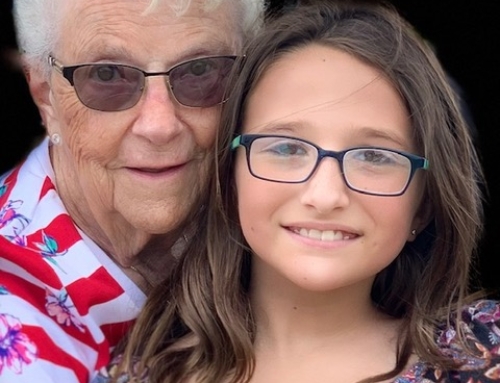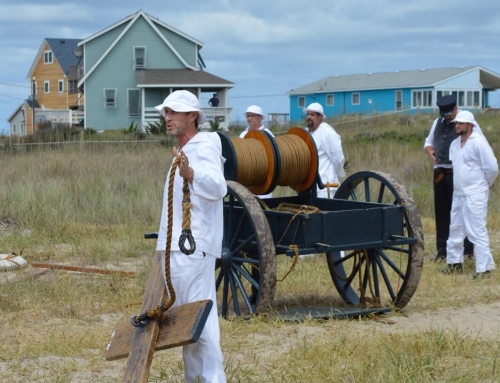In 1874, seven Life-Saving Stations were built in North Carolina. Chicamacomico Station was the first completed and commissioned Life-Saving Station in North Carolina. It is the birthplace of the USCG in North Carolina and we honor Coast Guard members and welcome them with free admission.
August 4,1790 the United States Coast Guard was originated when George Washington signed into law the Tariff Act that authorized the construction of ten(10) vessels referred to as “cutters” to enforce federal tariff and trade laws. Because there was no Navy, appointees for the “cutters” were “officers of the customs .It was known as “Revenue Service”,later “Revenue–Marine”. In the 1890’s it was named the United States Revenue Cutter Service.
In 1786 the land based part of the service started with 18 stations with lifeboats and line throwing equipment operated by the Massachusetts Humane Society.
During the 1800’s-known as the “age of shipping”-more vessels were built and utilized than at any other time in America’s past.
In 1871 U.S. Treasury Department founded the U.S. Life-Saving Service to deal with shipwrecks and the loss of life and cargo. Men were highly trained in techniques of saving lives and were hired to live and work at the Life-Saving Stations.
The U.S. Life-Saving Service performed nobly over its forty-four years of existence (1871-1915).
During this period, nationwide, the Service responded to 28,121 vessels, and of the 178,741 lives in peril, they save a record number of 177,286 lives.The loss of lives to the crews of the U.S. Life-Service was less than one percent. Chicamacomico loss one man,Keeper David Midgett, who died of pneumonia at 10:00 P.M. at the station on April 24,1879 only three months after taking charge of Chicamacomico Station from Keeper Benjamin Pugh.
In 1915 the Revenue Cutter Service merges with the United States Life-Saving Service and is officially renamed the U.S. Coast Guard making it the only maritime service dedicated to saving lives at sea and enforcing maritime laws. Further history can be accessed at: www.USCG.mil/history/Sarindex.asp





